
By Rick VanSickle
MISSISSAUGA, Ont. — On June 1, 2006, the astronomical rise of Canada’s largest wine company came crashing down to Earth.
Vincor Canada, the company built quickly from merging and acquiring some of the country’s top wineries and then buying a tasty bevy of top international brands to become the fourth-largest wine company in North America at is peak (7th in the world), was itself acquired by American wine giant Constellation Brands, for a hefty price of $36.50 a share plus a 15% dividend. The dream was over; the principals left on the sidelines to reinvent themselves and start over (which they all did quite successfully).
An integral part of Canada’s emerging wine industry was gone, a proud company built by Canadians for Canadians no longer belonged to Canadians.
The pieces remained in Canada, of course: Jackson-Triggs, Inniskillin, Le Clos Jordanne, Sumac Ridge, See Ya Later Ranch, Osyoos Larose and several other top names.
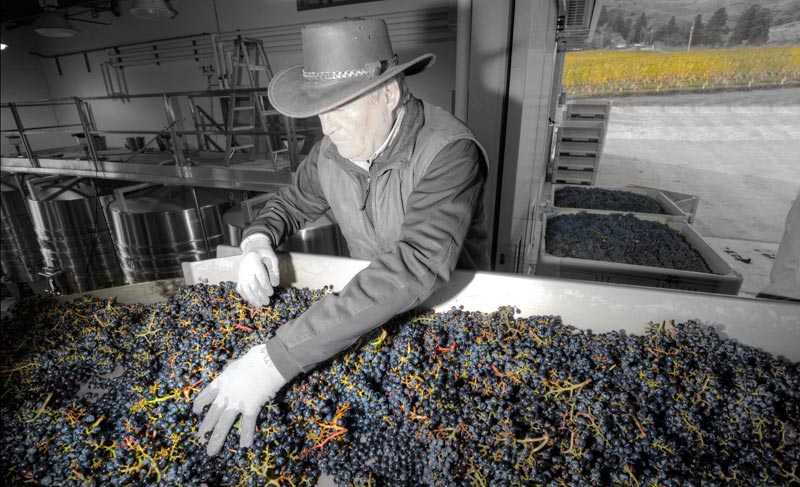
But it just wasn’t the same without the Donald Triggs (above), the Harry McWatters, the Alan Jacksons, the Donald Ziraldos and Karl Kaisers — the dreamers who built the company, that at the time of the sale, was selling one out of every 4.5 bottles of wine sold in this country.
Those were heady days in the Canadian wine industry. Lavish anniversary parties, big dreams of opulent Frank Gehry-designed wineries, splashy grand openings, good times and success all shared proudly with Canadians from coast to coast.
Constellation-owned Vincor continued to operate under the Canadian name until June 2012 when the last vestiges of Vincor disappeared and the company became fully and completely Constellation Brands.
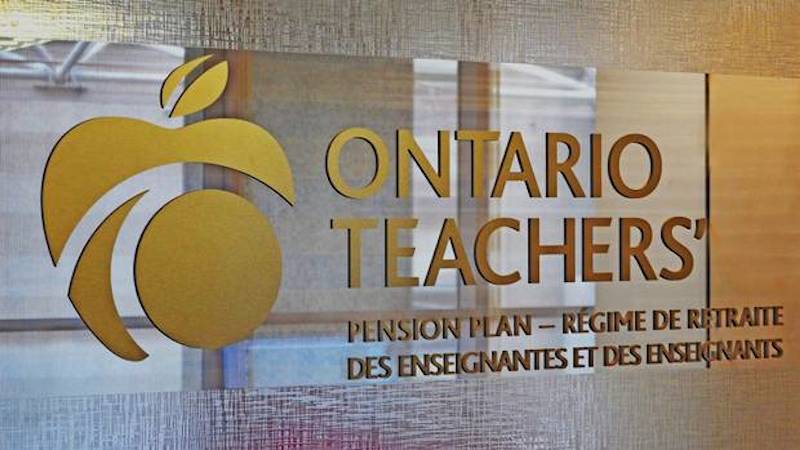
And then in October of last year, another shocker: The Ontario Teachers’ Pension Plan agreed to pay $1.03 billion for the Canadian wine business of Constellation Brands and once again the former Vincor company was back where it belonged.
In the aftermath of the sale, CEO and president of Constellation, Rob Sands, told Fortune magazine the sale of the Canadian wine business to the Ontario Teachers’ Pension Plan was a move away from less premium wine offerings. That lower margin, lower growth portfolio of wines — which Constellation has owned since 2006 — wasn’t as good of a fit for the company’s future vision.
An odd statement from Sands, to say the least, and simply not true.
Under his watch, Constellation sold its interest in the ultra-premium Osoyoos Larose brand in the Okanagan Valley to co-owner of the brand, Groupe Taillan, owners of Château Gruaud Larose in Bordeaux, and then killed the Le Clos Jordanne brand in Niagara, considered one of the top producers of Pinot Noir and Chardonnay in the country.
To this casual observer it appeared Constellation Brands, under the Sands’ leadership, abandoned the top end all on its own accord before selling the Canadian assets then complained the wines weren’t premium enough or good enough for Constellation’s family of products (which includes Arbor Mist, Black Box and PopCrush, you know, ultra premium products).
•••

Through all the incarnations of Vincor, one man has been there to share in the successes, the upheaval, the various changes in ownership and the heady days of acquisition. His name is Jay Wright (pictured above and in the very top photo), now president and CEO of the newly renamed company, Arterra Wines Canada.
In his modest office in Mississauga, at the headquarters and distribution facility for Arterra and all the other iterations of the company, he casually talks about the good old days and the men who were his mentors with great fondness and respect. While those were the halcyon days of Vincor, of which Wright was fully entrenched and loved, he also knows you can’t go back; the path forward is all about steady growth and strengthening the company’s assets for the new owners, the Ontario Teachers’ Pension Fund.
•••
“I want you to meet
Richard and Rob Sands”
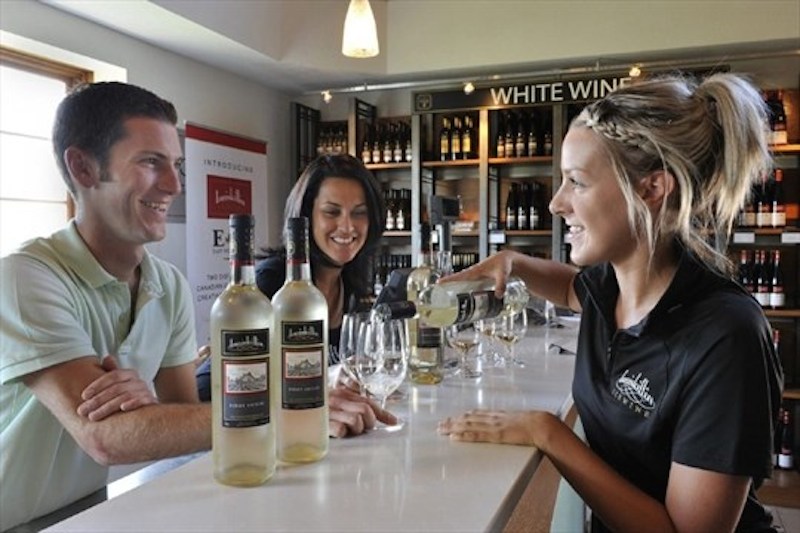
Wright’s background runs the gamut with Vincor/Constellation Brands, from president of Vincor under Donald Triggs, to CEO of Vincor under Constellation Brands, president of Constellation Wines North America, COO Constellation Brands, president and CEO of Constellation Brands Canada and now president and CEO of Arterra Wines Canada. Prior to the wine business, Wright held many top marketing positions with companies such as Borden Foods, Molson Breweries, Nabisco Brands and Proctor & Gamble.
It was while he was vice-president of marketing for Borden Foods in Columbus, Ohio, that he met and was charmed by Donald Triggs.
In the summer of 2001 I “got excited about getting into the wine business,” he says today. “Don was a pretty amazing guy.” He moved back home to Canada and hopped on board the runaway freight train that was Vincor.
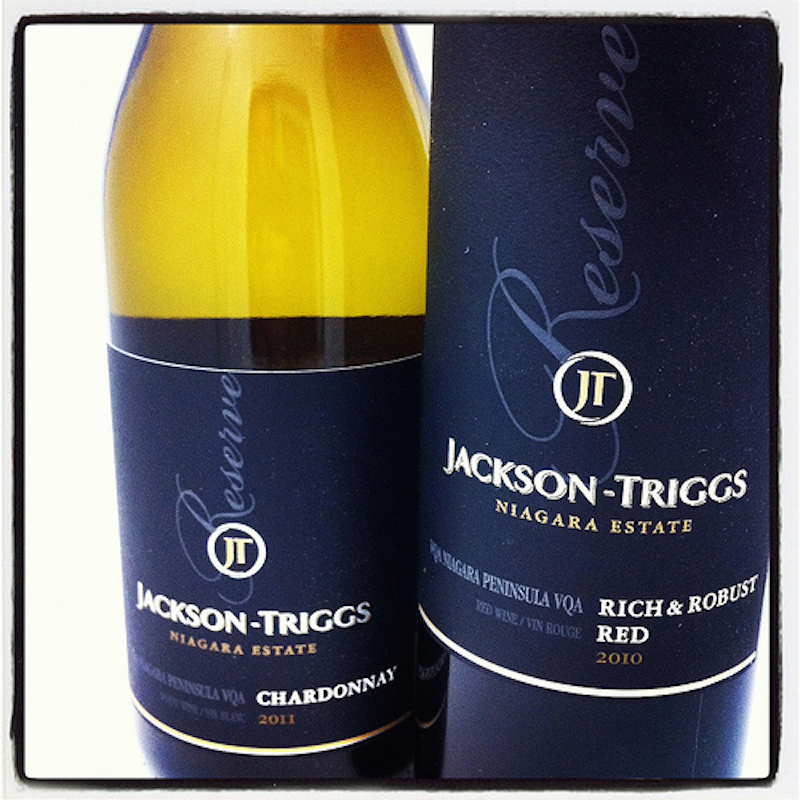
Vincor’s revenue grew from $150 million in 2001 to upwards of $800 million in 2006, boosted by a flurry of acquisitions outside of Canada that included R.H. Phillip, Hogue Cellars, Goundry, Kim Crawford and, perhaps its undoing, the South African brand Kumala.
The rapid rise and success of Vincor was not lost on then-competitor Constellation Brands, which successfully acquired the public company with an offer shareholders could not refuse.
Recalls Wright of the day he learned of the sale: “Don (Triggs) called me into his office and said: ‘I want you to meet Richard and Rob Sands.’ ” The introduction to the top Constellation executives was bitter-sweet. It was obviously the end of the magic carpet ride that was Vincor, but a new beginning for Wright who “decided to stay on and support the growth of Vincor” that was now owned by a U.S. wine giant.
Which is exactly what Wright did until the shocking news that Constellation Brands sold its Canadian assets to the Ontario Teachers’ Pension Plan, a privately held Canadian company with one goal in goal in mind — to invest wisely and manage pensions for Ontario teachers.
•••
“Forging a trail into the future”
“It’s a very exciting time for us,” says Wright. We’re forging a trail into the future. We are invigorated and looking for growth.”
As Canada’s leading wine company once again, approximately two times bigger than its nearest Canadian competitor, Andrew Peller Ltd., the first task is “carving ourselves” away from Constellation Brands. That means a flurry of hiring in the accounting and business offices as well as human resources and all the areas that were shared by Constellation at its head office in New York State.
Then, says Wright, “we’ll be looking at other areas to grow.”

Arterra owns three commercial wineries, 1,700 acres of vineyards, five estate wineries, including Jackson-Triggs, Inniskillin, Sumac Ridge, Stellar’s Jay and See Ya Later Ranch and operates 163 Wine Rack retail stores that sell both VQA and blended wines in Ontario. It also owns a 49% stake in B.C.’s Nk’Mip (Cellars, which is majority-owned by the Osoyoos Indian Band), and B.C.’s Growers Cider.
As part of the deal with Constellation, Arterra will continue to distribute several big international brands, such as California’s Robert Mondavi and New Zealand’s Kim Crawford in Canada for at least 10 years. That represents about 20% of the company’s bottom line, with the rest coming from Canadian wine sales.
According to Wright, seven of the top 20 wines sold in Canada come from the Arterra portfolio.
“We are all about building a portfolio of wines people love,” says Wright.
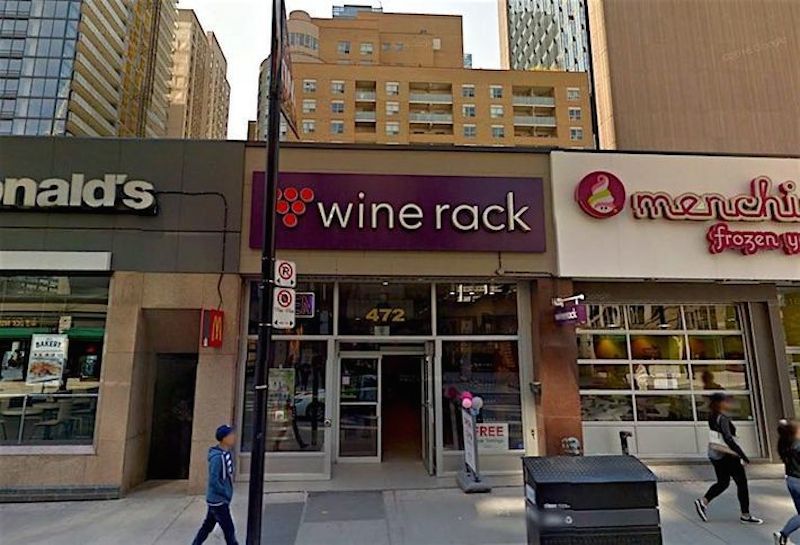
Also on the horizon is the changing retail landscape for the larger wine companies. With the Ontario government opening up grocery stores to selling wine, cider and beer in as many as 300 supermarkets, existing wine retail stores like the Wine Rack, which are often located in grocery stores but beyond the checkout counter, are slowly co-locating within the grocery stores as part of the government’s plans.
Arterra has co-located 11 Wine Rack stores inside grocery stores and has potential for 56 conversions over the next few years.
When co-locating, 50% of the store is allocated to VQA wines — within VQA shelving, 50% is shared with other VQA brands. Therefore 25% of the total store is for VQA brands not belonging to Arterra Wines Canada.
While “we sell more wine inside the store,” it also means that 25% of the products on the shelves at Wine Racks in those grocery stores have to consist of other wines from Ontario wineries.
That presumably leaves plenty of retail space for the so-called International-Canadian Blended (ICB) wines that are produced by the larger wine companies, including Arterra.
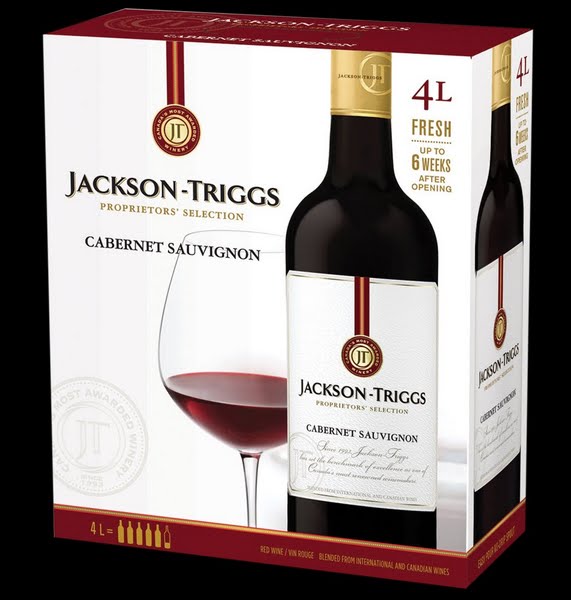
ICB wines are typically value-priced custom blended wines produced by the winemaking teams at Canadian wineries (which also produce 100% Canadian VQA wines) using a blend of international and Canadian grapes. ICB wines have differing levels of domestic content across Canada (from zero content in B.C. to a minimum of 25% in Ontario). All ICB wines are bottled and produced in Canada.
Blended wines can be viewed as an important part of the Canadian wine industry, supporting over 10,000 jobs (direct and indirect) and purchasing more than 15,000 tonnes of Canadian grapes annually. According to a recent study, ICB wines contributed to the Canadian economy business revenue of $2.14 billion, tax revenues of $484 million and wages of $464 million, totalling $3.08 billion of overall economic impact.
But these ICB wines have been under attack for several years for the labelling aspects of the wine, and trading on the “Canadian-ness” of the wine when it’s mostly made with foreign grapes.
The Canadian Vintners Association says the labelling for ICB wines can be found on a label viewable through a single field of vision (typically on the back panel of the wine), where it indicates it is “Cellared in Canada from imported and/or domestic wines.”
In December 2016, CVA wrote to the Minister of Agriculture and Agri-Food to request a change to the way ICB wines are designated on wine labels following a wide consultation with industry and government stakeholders. The recommendation is that it would read “International Blend from Imported and Domestic Wines.”
This is not likely to come into force until 2019, if accepted by CFIA. The suggested new labelling aims to better inform consumers that the wine is either 100% Canadian or a blend of international and Canadian wines.
Wright maintains that these blended wines are an integral category for consumers, Canadian workers and the company’s bottom line. Half the grapes purchased by the company are destined for ICB wines that compete at the entry level against other wines from around the world.
“It creates jobs,” says Wright, “and it’s an important part of the Canadian wine industry. Without (ICB wines) VQA would suffer.”
•••
“They believe in local wines”
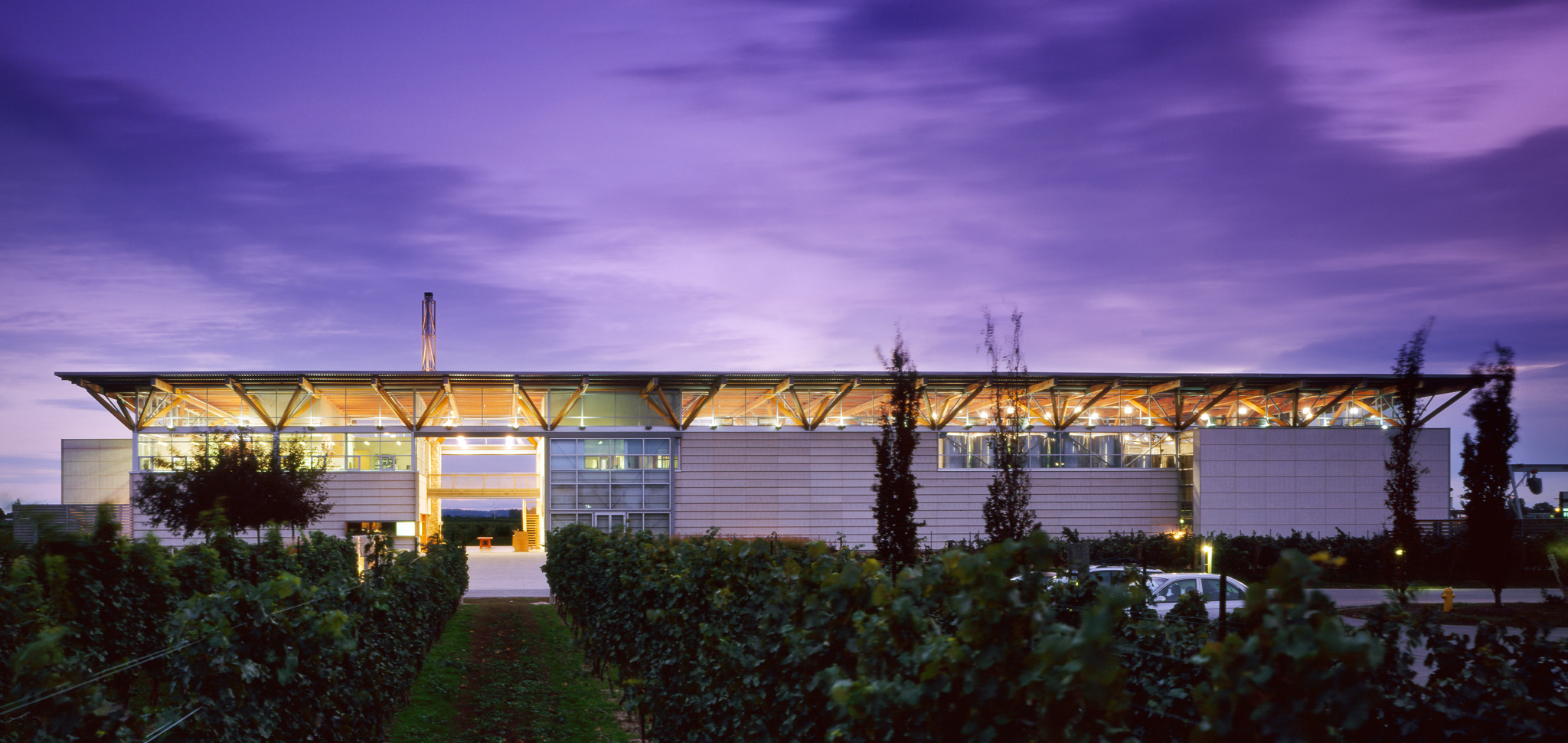
The future is bright for Arterra, Wright says, as well as the Canadian wine industry as a whole.
“Millennials are drinking more wine than past generations. They really believe in local wines. Wine lends itself to stories and authenticity. And like the local food movement, local wine has the potential for growth.”
The numbers back that up, he says, with domestic VQA wines growing faster than imported wines.
Wright says he wants to “help take the industry to the next level” in his role as president and CEO of Arterra. What form that takes, time will tell, but Wright says everything is on the table — from acquisitions to brand development. Even bringing back past brands that consumers loved (anyone remember Les Clos Jordanne?) isn’t out of the question.
The only thing off-limits that Wright can see, is expansion (at least from a winery point of view) beyond the borders of Canada.
He’s been down this road before, and it’s been a long and winding road back.
•••
A final word

There is no question that Arterra has in its vast stable of properties some of the finest winemakers in the country making extraordinary wines, owns some of the best and oldest vineyards in both Niagara and the Okanagan and sources other grapes from top growers in both provinces.
It is clearly one of the best Icewine producers in the world under the guidance of winemaker Bruce Nicholson at the historic Inniskillin winery in Niagara.
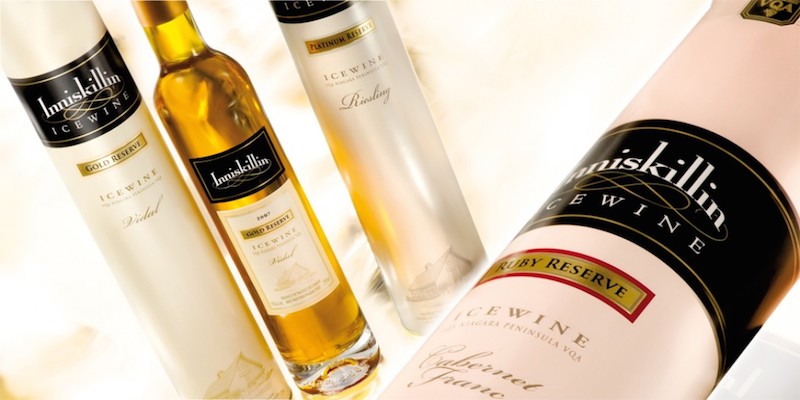
Award-winning and exciting VQA wines are made across the board at Arterra properties from Niagara to the Okanagan, from entry level to premium tiers.
At one time in its not-too-distant past, Arterra/Vincor/Constellation also had in its stable of wines two brands that every serious collector of Canadian wines wanted in their cellar — Le Clos Jordanne Chardonnays and Pinot Noirs from Niagara, and Osoyoos Larose, a beautiful, age-worthy Bordeaux-style red from the Okanagan. They were perfect bookends that represented the best of the best in Canada, from a company that proudly flew the Canadian flag and does so once again.
Osoyoos Larose is gone, sold back to its once partner in the joint venture, but Le Clos Jordanne still exists, at least the vineyards do, and it’s hard for me to imagine that the brand can’t rise again to its former glory.
Is anyone up to the challenge?
About Ontario Teachers’ Pension Plan
The Ontario Teachers’ Pension Plan is Canada’s largest single-profession pension plan, with $171.4 billion in net assets at December 31, 2015. It holds a diverse global portfolio of assets, 80% of which is managed in-house, and has earned an annualized rate of return of 10.3% since the plan’s founding in 1990. Ontario Teachers’ is an independent organization headquartered in Toronto. Its Asia-Pacific region office is located in Hong Kong and its Europe, Middle East & Africa region office is in London. The defined-benefit plan, which is fully funded, invests and administers the pensions of the province of Ontario’s 316,000 active members and retired teachers.
About Arterra Wines Canada
Arterra is the largest producer and marketer of wine and related products in Canada. The company’s leading wine brands include Jackson-Triggs, Sawmill Creek and Inniskillin, maker of the world’s leading Icewine. The company’s products are produced at a family of estate wineries located in the provinces of British Columbia, Ontario, Quebec and New Brunswick. These wineries are supported by a national distribution network and dedicated sales and marketing team. Arterra’s wine brands are complemented by a variety of popular priced wines, wine kits (RJ Spagnols) and refreshment products.
In Canada, Arterra has a history that dates back to 1874. Formerly Constellations Brands and before that, Vincor Canada, its founding vision has been, and remains, to further the reputation and sales of Canadian wines in the premium, super-premium and ultra-premium categories, not simply at home but, as importantly, in the international marketplace. With an emphasis on quality grapes, the company has worked consistently to develop vineyards with the most sophisticated viticultural technologies, not to mention research capabilities.
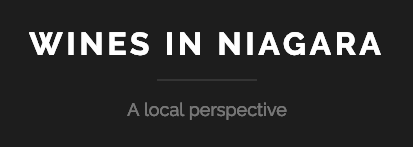





I support the labeling change but also wish the LCBO would not place them so close to the #VQA section. They get that brand recognition when its not the same quality.
Great review / update. My vote is that the Teachers’ Pension Plan owners dig into their Canadian roots, dust off Frank Gehry’s Le Clos Jordanne plans and help Ontario / Canadian wine country grow higher again in quality and visibility. A few more champions please.
Just because the former Vincor is back in Canadian hands, don’t expect Teachers to run it much differently than Constellation Brands. Just like Constellations’s management has a goal to maximize shareholder value, Teachers’ Pension Plan has a fiduciary responsibility to the pension plan holders….so making money is paramount. One can hope that Teachers’ has a different vision for doing this but when I hear things like “acquisitions” and “brand development”, I can just hear the cash register ringing.
Thank your for your comments. Those acquisitions and brand development you mention made the former Vincor shareholders a lot of money. I would only assume any such moves would be under taken with similar results in mind. Otherwise, how does a company grow? As with any investment, you have to make wise decisions. Don’t you think?
Agree with you Rick, that was my point. I’m simply saying don’t hold your breath on any grounding breaking new wine-making ventures to make us wine lovers happy…this is all about money. That’s why Constellation shut the “doors” on Le Close Jordanne – it wasn’t profitable enough. Perhaps the folks at Teachers will prove me wrong!
Growth…yeah. Well, best I don’t get started on that topic or we will really diverge from a discussion on wine!